
The carbon content in ST60 steel can have a significant impact on its weldability. Higher carbon content generally reduces weldability due to increased hardness and susceptibility to cracking. Here are some considerations:
1. Hardness: Higher carbon content in ST60 steel results in increased hardness, making it more difficult to achieve proper fusion during welding. This hardness can lead to cracking, especially in the heat-affected zone.
2. Preheating and Post-Weld Heat Treatment: Due to lower weldability, preheating the ST60 steel before welding and applying post-weld heat treatment may be necessary to minimize the risk of cracking. These measures help reduce cooling rates and relieve residual stresses.
3. Welding Technique: Proper welding techniques, such as controlling heat input, using appropriate filler materials, and maintaining suitable interpass temperatures, are crucial for successful welding of ST60 steel with higher carbon content.
4. Avoidance of Impurities: Higher carbon content makes ST60 steel more sensitive to impurities like sulfur or phosphorus, which can further deteriorate its weldability. Ensuring clean base material, proper shielding gases, and high-quality consumables is essential.
It's important to consult relevant welding procedures, industry guidelines, and experienced professionals to ensure proper welding practices and maintain the desired weld quality when working with ST60 steel or any higher carbon content steel.
Just like you, 70% customers choose long-term cooperation with BBN steel not only for our good product and service quality, good reputation in the international market, but also for our experienced one-stop raw material supply and further steel processing!
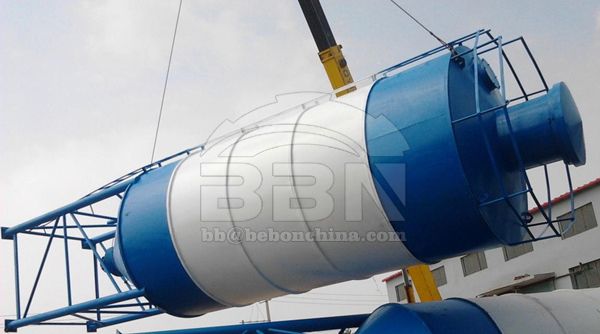

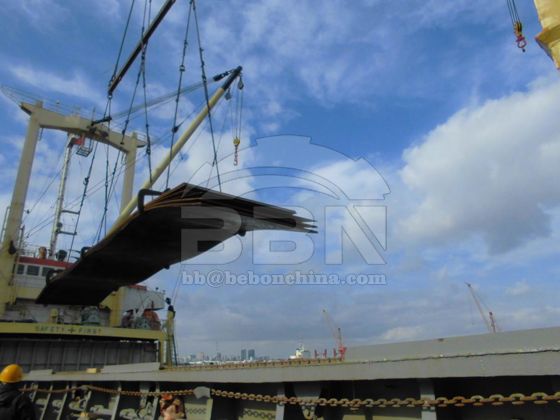

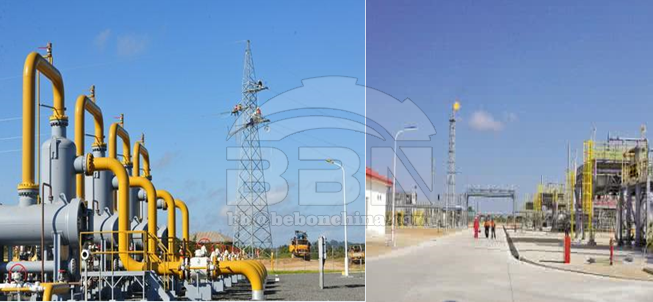
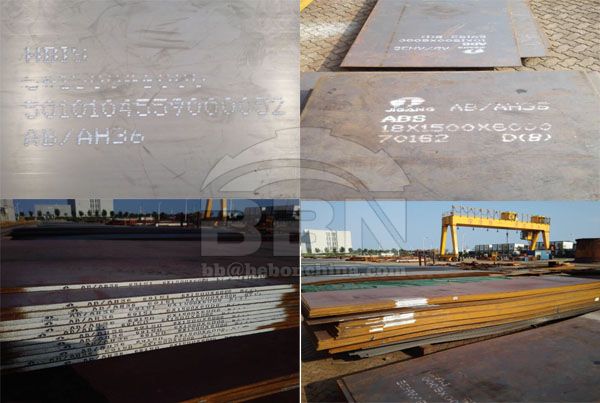
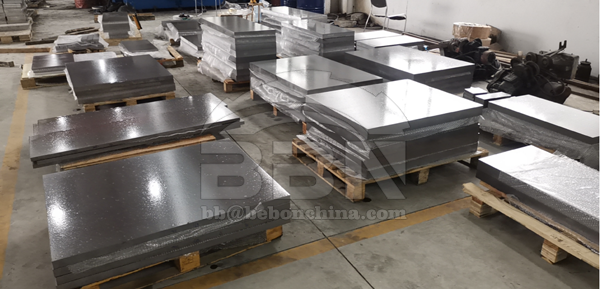

Henan BEBON Iron&Steel co.,ltd.